May 30, 2025 | 07:44 GMT +7
May 30, 2025 | 07:44 GMT +7
Hotline: 0913.378.918
May 30, 2025 | 07:44 GMT +7
Hotline: 0913.378.918
In recent years, natural disasters have caused severe consequences for Son La Province. Just from Typhoons No. 2 and No. 3 (Typhoon Yagi) in 2024, the locality suffered losses exceeding 500 billion VND, severely impacting the livelihoods, housing, infrastructure, and agricultural production of the local residents.
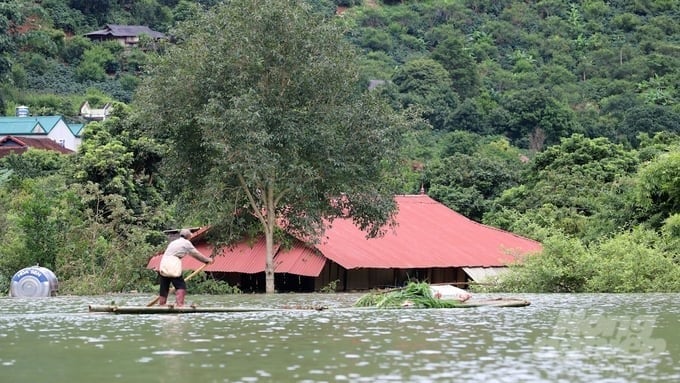
Many houses of Son La people were submerged in water after storm No. 2 in 2024. Photo: Quang Dung.
As the third-largest province in the country by area, after Nghe An and Gia Lai, Son La is characterized by three-quarters of its territory being mountainous, divided by the Da and Ma rivers. This unique topography exposes the region to significant risks from floods and landslides, particularly in the context of increasingly complex climate change.
With the support of the government and the people of Japan, UN-Habitat has launched the JSB project, which aims to strengthen institutions and enhance community resilience to disaster risks such as flash floods and landslides. Through the development and integration of community-based planning, the solutions will focus on ecosystem restoration and the construction of resilient infrastructure. The project is expected to be implemented from April 2025 to March 2026.
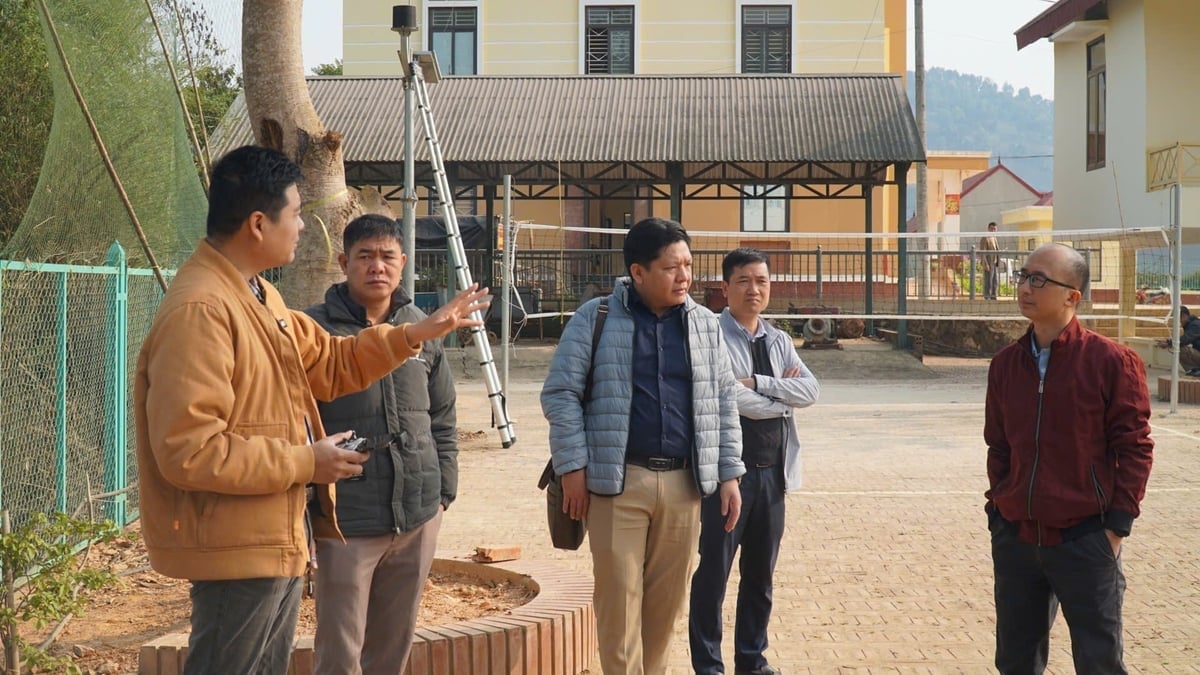
A UN-Habitat delegation, in collaboration with the Department of Agriculture and Environment, conducted a survey at several locations for the project implementation in Mai Son District. Photo: Duc Binh.
As part of the project, a comprehensive set of solutions will be rolled out to reduce the damage caused by natural disasters. Improving infrastructure for early warning systems and emergency response plans is given special emphasis.
In addition to supporting the upgrade of real-time flash flood and landslide warning information systems, the project will integrate monitoring modules, data analysis, and processing capabilities. It will connect multi-source data to support the warning operations and transmission of flash flood and landslide risk information. Additionally, sensor devices will be installed in high-risk areas. Through field surveys, experts will collaborate with local authorities to update maps identifying hot spots, assess risks in each area, and develop detailed response plans.
Disaster-resilient community shelters are constructed and upgraded to suit the local conditions, ensuring they are equipped with electrical systems and rainwater collection tanks to serve daily needs in case of an emergency.
Furthermore, slope protection structures will be designed and implemented in areas with steep terrain to reduce the risk of landslides, particularly during the rainy and stormy seasons.
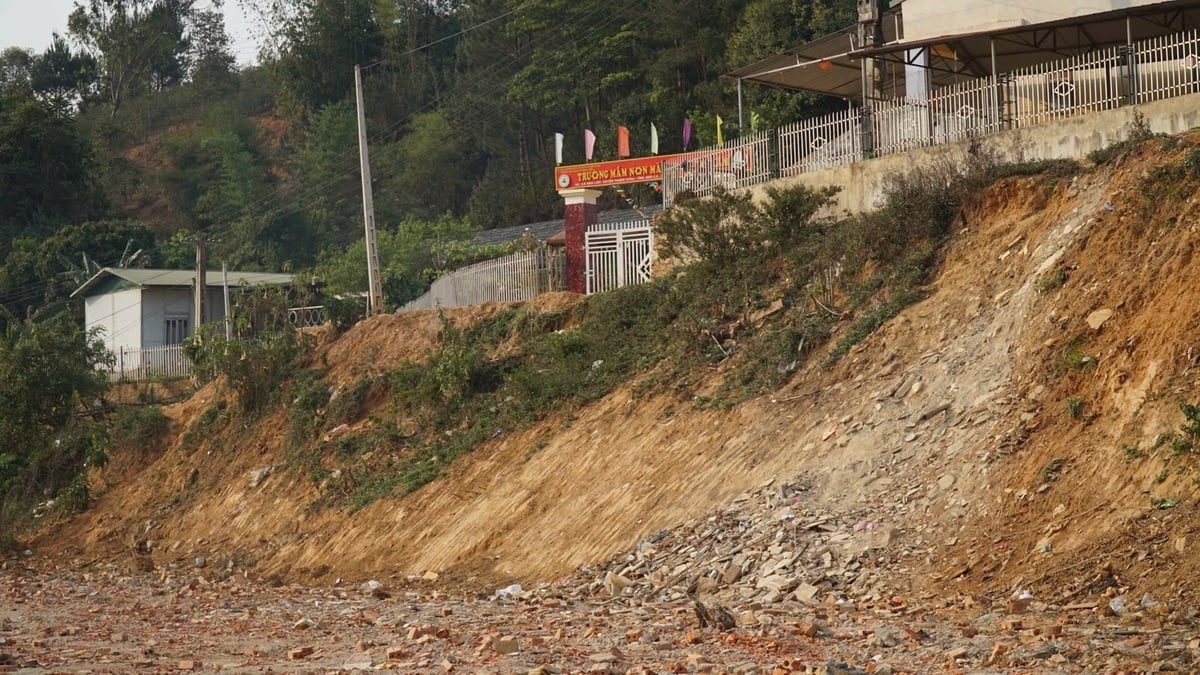
The project will focus on areas at high risk of landslides and erosion. Photo: Duc Binh.
Ms. Vu Minh Hang, Climate Change Project Manager at UN-Habitat and representative of the JSB project team, shared several insights for the development of the project. "In addition to investing in hard infrastructure, we focus on improving the resilience of ecosystems. Forest conservation and strengthening surface vegetation play a key role in enhancing natural water retention, which helps mitigate erosion and landslides", Ms. Hang stated.
The project will apply the ecosystem-based disaster risk reduction (Eco-DRR) method to restore and strengthen eroded land areas. The evaluation will be based on three factors: soil quality, existing vegetation, and landslide morphology, to develop appropriate restoration plans.
The program not only focuses on technical and environmental solutions but also aims to enhance disaster preparedness capacity for local authorities and communities. Following UN-Habitat's principle of putting people at the center, the community will be involved in all activities, from risk assessment and mapping to developing integrated plans.
Training sessions will be organized to help locals understand how to prepare for, respond to, and recover from natural disasters. Regular focus group discussions will be held to gather feedback and input from the community.
According to Ms. Le Thi Thu Hang, Deputy Director of the Department of Agriculture and Environment in Son La, the province currently has over 300 communes, with more than 70 of them classified as particularly disadvantaged. Given the region's complex terrain and economic challenges, resources from social mobilization and foreign aid organizations play a crucial role in implementing disaster response projects.
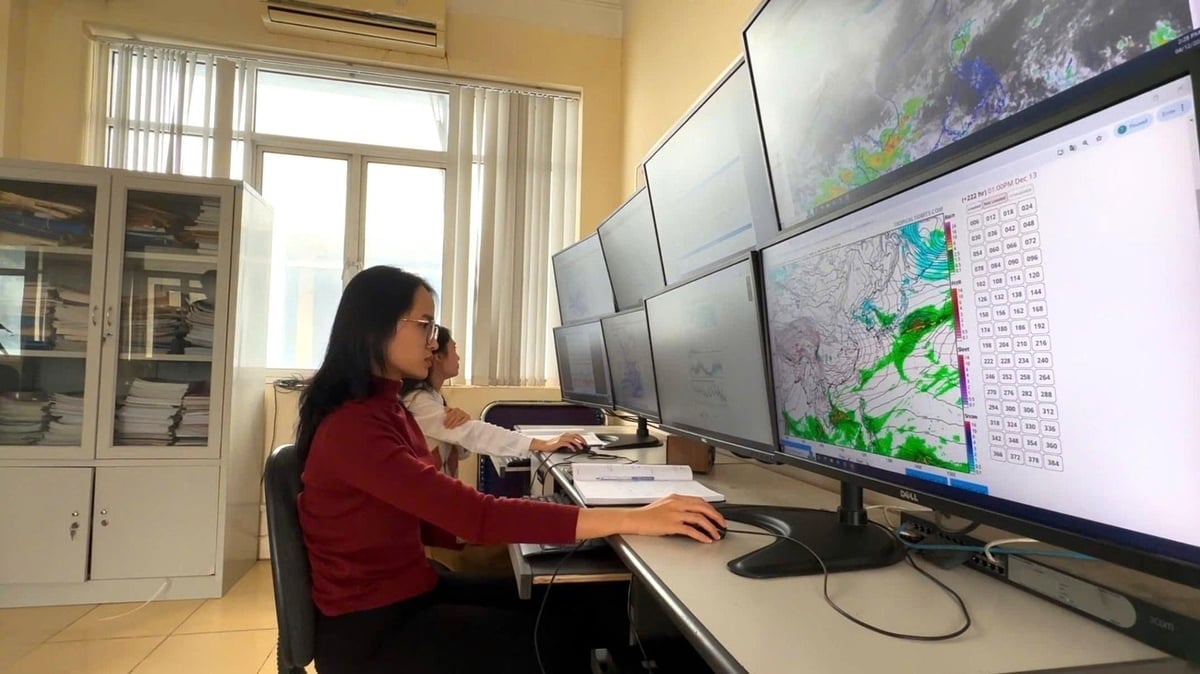
Early warning and forecasting systems are key elements in disaster prevention and response. Photo: Duc Binh.
One of the most pressing issues at present is the early warning system. Although Son La has operational hydrological stations, these stations still do not fully meet the demands for disaster monitoring and forecasting. As a result, improving this infrastructure is crucial to enhancing the accuracy of warning information. This will significantly reduce potential losses in both human lives and property.
Ms. Hang emphasized the importance of close collaboration between all involved stakeholders and UN-Habitat. They should closely monitor real-time conditions to ensure that any upgrades or additions to essential systems are appropriate and effective. Special attention should be given to improving technical skills in management. The ultimate goal is to ensure the sustainability of the project. After the handover, the systems should function smoothly and become a model to be scaled up across various areas of the province.
Investing in early warning infrastructure, ecosystem restoration, and strengthening the community’s disaster response capacity will not only reduce the damage caused by natural disasters but also play a vital role in stabilizing livelihoods and promoting sustainable economic development in the province. The Son La Department of Agriculture and Environment hopes that the JSB project will serve not just as a short-term solution, but as a cornerstone for building a more effective disaster prevention system in the future.
The United Nations Human Settlements Programme (UN-Habitat) is the specialized agency focused on urban development and human settlements. Established in Vietnam in 2007, UN-Habitat plays a crucial role in providing technical support, policy advisory services, and capacity-building training to enhance urban development practices. Additionally, the organization works on pilot infrastructure interventions aimed at improving urban planning, development management, and climate change adaptation.
$ 1 = VND 25.825 - Source: Vietcombank.
Translated by Phuong Linh

(VAN) Ms. Nguyen Thi Dung, Deputy Director of Ngoc Hoang Cooperative, shared about the journey of bringing dragon fruit to Europe, achieving annual revenues in the billions of VND.
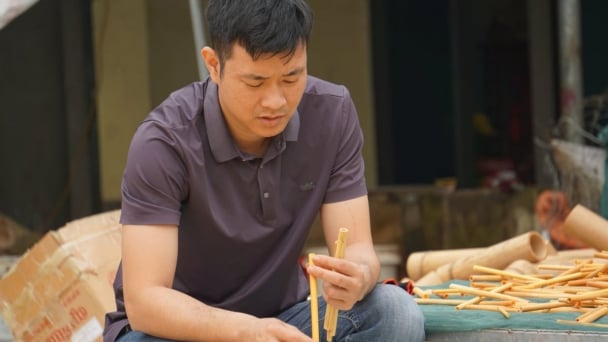
(VAN) Bamboo products from Thang Tho Bamboo Cooperative have reached many countries around the world, while also creating jobs for local workers.

(VAN) The Management Board of Con Dao National Park reported that a green sea turtle, tagged in the Philippines, has traveled thousands of kilometers to lay 84 eggs on Bay Canh Islet.
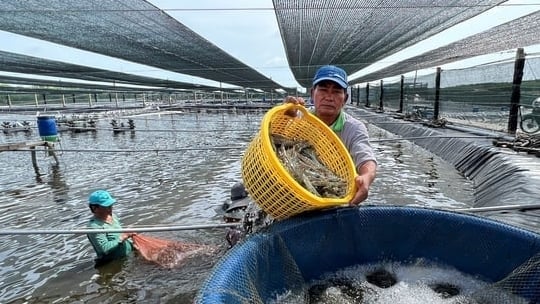
(VAN) Green technology is paving a new path for sustainable aquaculture in the Mekong Delta in particular and across the country in general, helping reduce emissions and adapt to climate change.
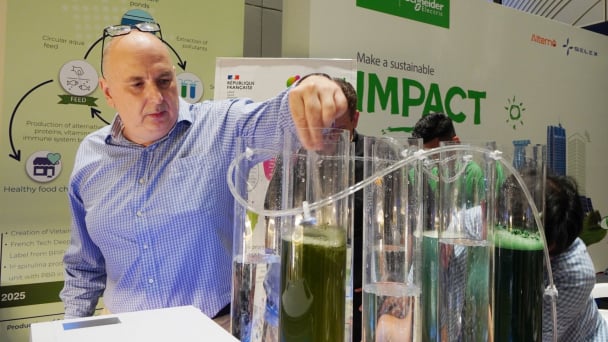
(VAN) On May 27, La French Tech Vietnam (the French startup and innovation community in Vietnam) held the French Tech Summit Vietnam 2025.
/2025/05/27/4731-2-223159_980.jpg)
(VAN) No votive paper, no styrofoam, no plastic bags, no plastic bottles, and no single-use plastic trays are the key rules tourists should keep in mind when visiting Con Dao.
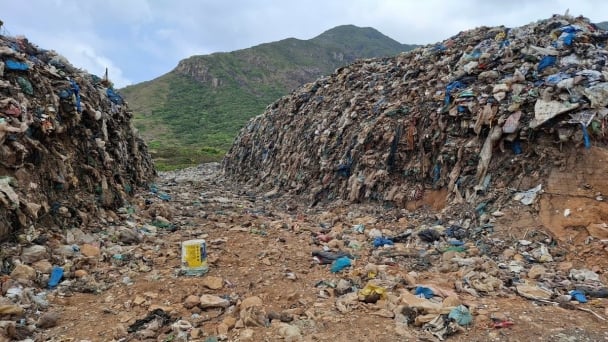
(VAN) In the fight against plastic pollution, Vietnam has been demonstrating a proactive, pioneering, and active role in addressing the greatest environmental challenge today.